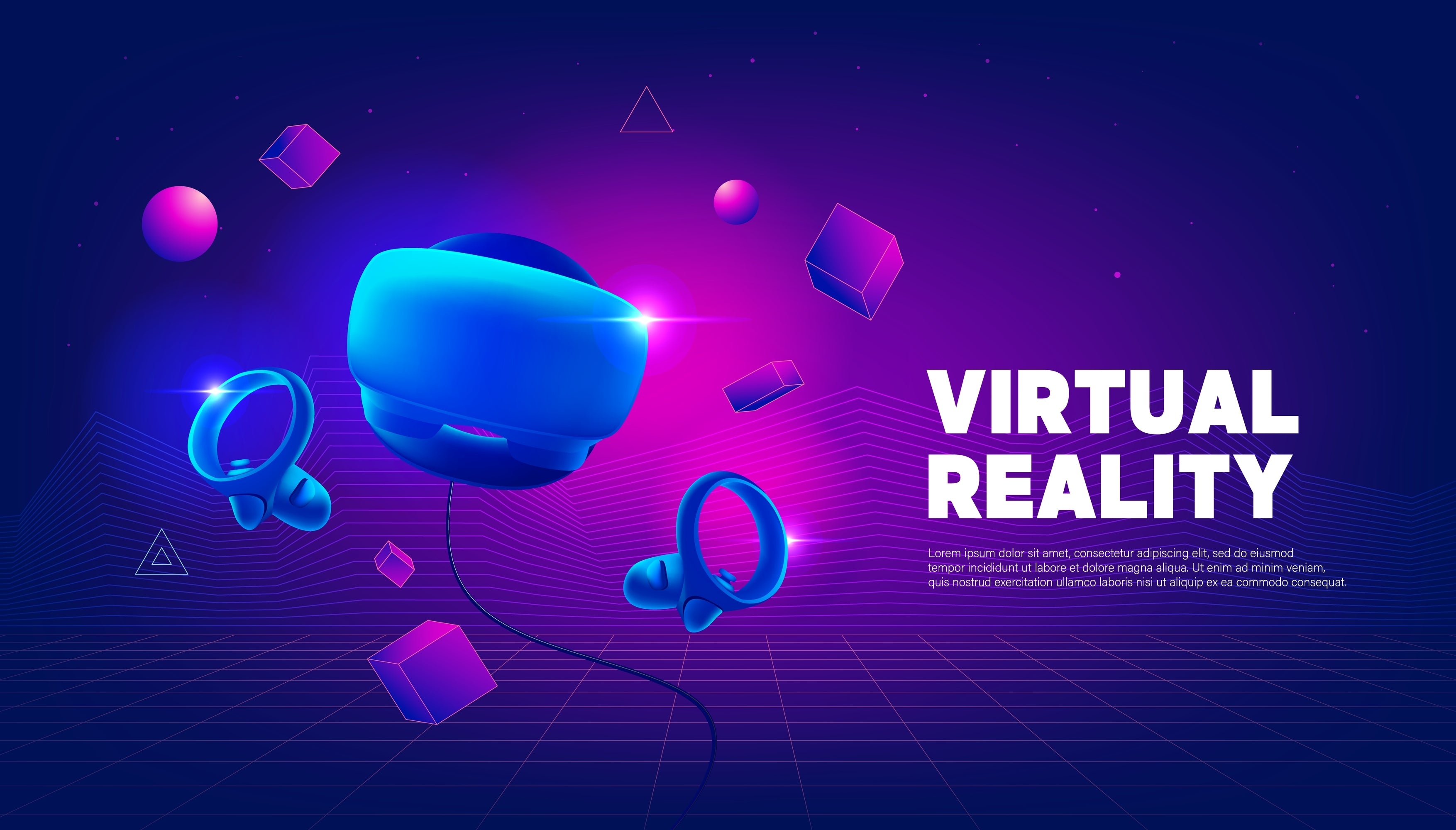Augmented reality (AR) is a rapidly developing technology that is changing the way we interact with the world around us. AR applications overlay virtual content onto the real world, requiring display screens with high performance parameters, including high resolution, high brightness, high contrast, and more. In this article, we will discuss the types of display panels and important parameters suitable for AR.
Here are 5 types of display panels suitable for AR:
- OLED (Organic Light Emitting Diode) Display Panels: OLED displays are known for their high contrast ratios, low power consumption, and ability to produce true blacks. These features make them ideal for AR applications, as they can display bright, vibrant colors and sharp images even in low-light environments.
- MicroLED Display Panels: MicroLED is a relatively new display technology that uses tiny, self-emitting pixels to produce images. These displays offer high brightness, excellent contrast, and fast response times, making them ideal for AR applications.
- LCD (Liquid Crystal Display) Display Panels: LCD displays are a common type of display panel used in many devices, including smartphones, tablets, and TVs. They are cost-effective and offer good color accuracy, making them suitable for some AR applications.
- LCoS (Liquid Crystal on Silicon) Display Panels: LCoS displays use a combination of liquid crystal and silicon technology to produce high-resolution images. They offer good color accuracy, high contrast ratios, and a wide color gamut, making them ideal for AR applications.
- DLP (Digital Light Processing) Display Panels: DLP displays use tiny mirrors to reflect light onto a screen. They offer high brightness and contrast, making them suitable for outdoor AR applications.
Besides panel type, what's even more important are the actual display parameters, which directly determine the final image that the eyes see. Of course, we have also listed 7 parameters for your reference to help you choose a qualified AR display screen.
- Resolution: A high resolution is essential for AR applications to ensure that the virtual objects are sharp and clear. A minimum resolution of 1080p (1920 x 1080 pixels) is recommended for AR displays.
- Field of View (FoV): FoV is the amount of the user's view that can be filled with virtual content. A wide FoV is crucial for a realistic and immersive AR experience. For AR displays, a minimum FoV of 30 degrees is recommended, with 60 degrees or higher preferred for optimal immersion.
- Refresh Rate: The refresh rate is the number of times per second that the display updates the image. A high refresh rate is critical for AR displays to ensure that the virtual objects appear stable and do not cause motion sickness. A minimum refresh rate of 60 Hz is recommended for AR displays, with 90 Hz or higher preferred for optimal performance.
- Brightness: AR displays must be bright enough to be visible in a range of lighting conditions, including outdoor environments. A brightness of at least 1000 nits is recommended for AR displays.
- Contrast Ratio: The contrast ratio is the difference between the darkest and brightest parts of the image. A high contrast ratio is essential for AR displays to ensure that the virtual objects appear vivid and realistic. A contrast ratio of at least 1000:1 is recommended for AR displays.
- Color Accuracy: Color accuracy is crucial for creating realistic virtual content. AR displays must be capable of reproducing a wide range of colors accurately. A color gamut of at least 100% sRGB is recommended for AR displays.
- Size and Weight: The size and weight of the display can affect the comfort and usability of AR devices. Displays should be lightweight and compact enough to be comfortably worn or carried.
Displays suitable for AR must have high resolution, wide FoV, high refresh rate, high brightness, high contrast, and color accuracy to provide a realistic immersive AR experience. The specific choice depends on the design of the AR glasses and their optical structure. We have a variety of display screens specifically designed for AR development to meet various AR glasses design solutions.
Read more

AR glasses generate stereoscopic depth using dual micro-displays (e.g., 500+ PPI OLEDs) projecting slightly offset images—2-5mm horizontal disparity per eye. Brain fuses these via binocular paralla...

AR and VR are two distinct technologies used in the realm of digital experiences. AR stands for Augmented Reality, while VR stands for Virtual Reality. Augmented Reality (AR) is a technology that s...



Leave a comment
This site is protected by hCaptcha and the hCaptcha Privacy Policy and Terms of Service apply.